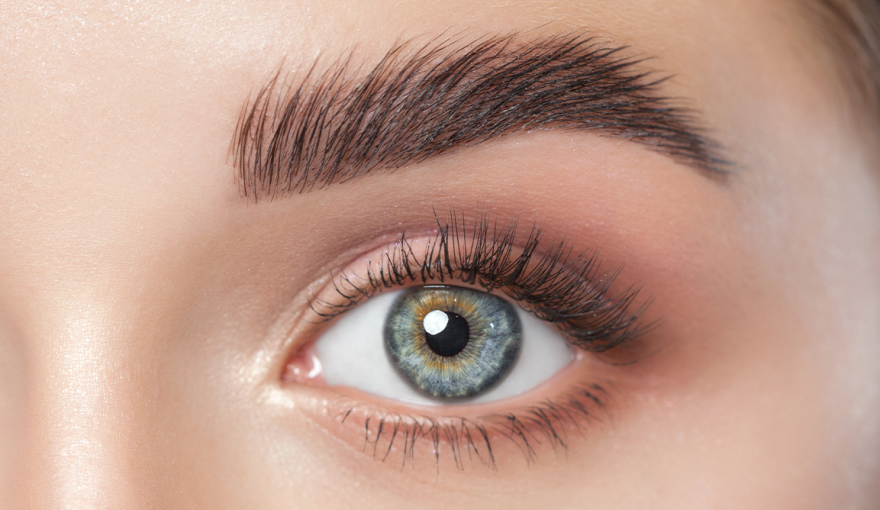An eyebrow transplant in Dubai(زراعة شعر الحواجب في دبي ) has become a sought-after solution for those aiming to restore sparse or thinning eyebrows with natural, lasting results. While the procedure might seem purely cosmetic, it is actually grounded in sophisticated medical science and precise surgical techniques. Understanding the science behind eyebrow transplants helps clarify why this method is effective and how it can transform your look with lasting impact.
This article delves into the scientific principles, biological processes, and modern technologies that make eyebrow transplantation a successful and reliable option.
Understanding Hair Growth Cycles:
The Basics of Hair Follicles:
- Hair follicles are tiny, specialized structures beneath the skin responsible for producing hair.
- Each follicle operates independently and cycles through growth phases.
- The transplanted follicles come from areas resistant to hair loss, usually the scalp’s back or sides.
Hair Growth Phases:
- Anagen (Growth Phase): Active hair growth lasting several years.
- Catagen (Transition Phase): Short phase where growth slows and follicles shrink.
- Telogen (Resting Phase): Hair sheds and follicles remain dormant before restarting growth.
Eyebrow hairs have a shorter anagen phase compared to scalp hair, which is why eyebrow hair length is naturally limited.
The Science of Follicular Unit Extraction (FUE):
What is FUE?
- FUE is a minimally invasive technique used to harvest individual hair follicles.
- Follicles are extracted one by one, preserving the surrounding tissue.
- This method leaves no linear scar and results in faster healing.
Why FUE for Eyebrows?
- Precision is critical because eyebrows require a delicate angle and natural hair direction.
- FUE allows the surgeon to select the best follicles for optimal growth and appearance.
- The extracted follicles are carefully implanted to mimic natural eyebrow patterns.
The Biology of Transplantation:
Donor Site Selection:
- Follicles are usually taken from the scalp’s donor area where hair is genetically resistant to loss.
- These follicles retain their characteristics after transplantation, ensuring durability.
Implantation Technique:
- Small incisions are made in the eyebrow area following the natural hair growth angle.
- Follicles are implanted at specific depths to encourage proper growth.
- This precision helps replicate the natural density and curvature of the brows.
Healing and Hair Growth Post-Transplant:
Initial Healing Process:
- Tiny scabs form around the grafts, protecting them as they settle.
- The area may show mild redness and swelling, which subsides within days.
Shedding Phase:
- Around 2-3 weeks post-procedure, transplanted hairs often shed—a natural shock loss phase.
- The follicles enter a resting phase before producing new hairs.
New Hair Growth:
- New eyebrow hairs start emerging approximately 3-4 months after surgery.
- Full maturation and natural texture develop over 9 to 12 months.
Factors Affecting Transplant Success:
Quality of Donor Follicles:
- Healthy, viable follicles increase the chance of successful growth.
- Donor area health and hair characteristics matter significantly.
Surgical Precision:
- Implantation angle, depth, and density influence natural appearance.
- Skilled surgeons use magnification and specialized tools to enhance accuracy.
Post-Operative Care:
- Proper aftercare supports graft survival and healing.
- Avoiding trauma, infection, and excessive sun exposure is critical.
Advantages of Eyebrow Transplants Over Other Methods:
Permanent and Natural Results:
- Unlike makeup or microblading, transplanted hair grows naturally and requires minimal maintenance.
Personalized Design:
- Transplants allow customization of shape, density, and thickness suited to individual facial features.
Long-Term Cost Efficiency:
- Though initially more expensive, eyebrow transplants eliminate the recurring costs of cosmetic alternatives.
Why Dubai is a Hub for Eyebrow Transplant Science:
Access to Cutting-Edge Technology:
- Clinics in Dubai utilize the latest FUE equipment and medical advancements.
Expert Surgeons with Scientific Training:
- Professionals combine medical knowledge with artistic skills for optimal outcomes.
Research and Innovation:
- Dubai is a growing center for cosmetic surgery research, advancing eyebrow transplant techniques.
Conclusion:
The science behind eyebrow transplants(زراعة شعر الحواجب) involves a blend of biological understanding, advanced surgical techniques, and post-operative care protocols. By harnessing the body’s natural hair growth mechanisms and utilizing precise methods like FUE, eyebrow transplants offer a lasting and natural solution for eyebrow restoration.
Dubai’s leading clinics provide access to this scientific expertise, ensuring patients receive high-quality care and outstanding results. For those considering an eyebrow transplant, understanding the underlying science not only builds confidence but also highlights the innovation and skill involved in this transformative procedure.

